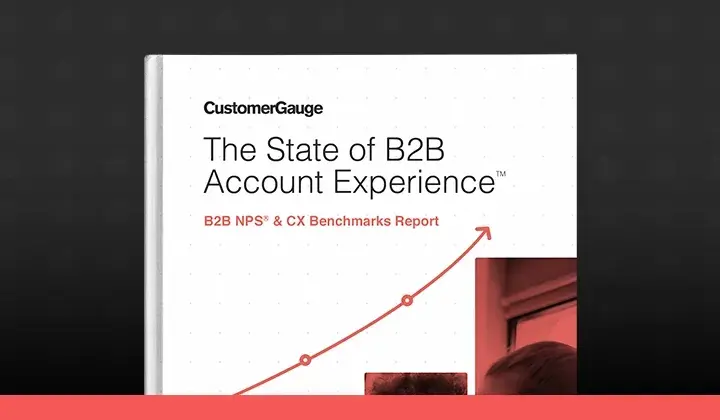If you’re an NPS newbie (or just want to see what this title is all about), this guide should serve as a broad overview of NPS 101. It is by no means a detailed review, but it's a good place to get you started (or at least mildly amuse you).
The Part Where I Use Literature to Summarize Everything...
Over 7.5 million years, the supercomputer Deep Thought pondered the ultimate question, the answer to everything.
When staring out at the vastness of t he universe and the trials and tribulations of every living thing, Deep Thought famously concluded that the answer to everything was simple: 42.
he universe and the trials and tribulations of every living thing, Deep Thought famously concluded that the answer to everything was simple: 42.
While quoting the works of Douglas Adams in the context of NPS measurement may seem strange (or overused), it does have implications. When measuring your Net Promoter Score (NPS), it’s important to keep the following in mind: to get a useful answer, you need a useful question. Deep Thought wasn’t asked the right question, leading to one of the most anticlimactic philosophical answers in literature.
The Ultimate Question: Discovering the Fine Line Between Love, Hate, and Indifference
The idea behind NPS is a single, ultimate question: How likely is it that you would recommend our company/product/service to a friend or colleague?
Based on a customer’s answer, you then give the data a bit more context, because, as we know, context is everything. With NPS, you do this by dividing customers based on their answers on a 0 to 10 scale of extreme likelihood and not likely at all. Based on where your customers fall in this scale, they are then divided into three categories: promoters, passives and detractors.
 Each of these categories, or customer personalities, tell you who your customers are and how your company is publicly perceived.
Each of these categories, or customer personalities, tell you who your customers are and how your company is publicly perceived.
Who Are Your Customers?
Okay, so who are these people? And more importantly, why doesn't everybody like you!?
 As the name of the category implies, promoters (those who fall in a 10-9 point scale) are not only loyal, but enthusiastically so. They’ll continue to buy from your company and suggest others do the same. Promoters are your bread and butter. They hold a lot of sway over how the public perceives your company.
As the name of the category implies, promoters (those who fall in a 10-9 point scale) are not only loyal, but enthusiastically so. They’ll continue to buy from your company and suggest others do the same. Promoters are your bread and butter. They hold a lot of sway over how the public perceives your company.
By harnessing the power of your promoters through word of mouth and referrals you can increase your revenue gains and drive your future decision-making on the company’s direction.
Passives (between 8-7 on the scale) are apathetic, and can be easily seduced by other companies and offers. This isn’t to say price doesn’t matter—because, let’s face it, it does. However, a lot of other things matter too: the extent of features, support, customer experience, etc. Passives need to be made excited.
Detractors (6-0) are unhappy customers, trapped in an unhealthy relationship. Sometimes it only takes one poor customer service experience to steer a customer away. Remember though: it’s never too late to win them back. Identifying who your detractors are is just as important as understanding who your promoters are. Once you’ve identified your detractors, you can begin to recognize what pulled them away in the first place. Understanding your pain points is as vital as understanding what’s working.
What does all of this have to do with your NPS score?
Your NPS Score: More Than Just a Number—An Opportunity
Calculating your NPS score involves gauging a company’s growth by taking the percentage of customers who are promoters and subtracting the percentage who are detractors. This provides a number, be it 42 or 24, which is your NPS score. Unlike Deep Thought’s answer however, these numbers come with substance.
An NPS score tells you something about your company’s weaknesses, strengths, and standing among the competition. Simply flashing a pretty number on unassuming bystanders is fine and all for notoriety, but the real magic is the opportunities NPS creates. NPS helps you identify how your company can improve. What’s working? What’s driving your customers batty? How can you make them stay (aka customer retention)? Having some context behind why you're seeing churn is the first step to fixing it. This, in turn, will lead to $$$.
So, what does your NPS score say about your company? And, how can you improve it?

